Selling Size: Single Plant | 4″ Pot Included

Adenium plants, also known as Desert Roses, are popular for their unique swollen trunks (caudex), attractive flowers, and relative ease of care, especially in warm climates like India. Here’s a detailed guide to Adenium plant care:
Light
- High Light Requirement: Adeniums need at least 6 hours of bright, direct sunlight daily to flower profusely and maintain a compact shape.
- Indoor Placement: If growing indoors, place your Adenium near a south or west-facing window where it can receive the most sunlight. If natural light is insufficient, consider using grow lights.
- Outdoor Placement: Outdoors, choose a sunny spot that receives direct sunlight for most of the day.
- Acclimatization: If moving a plant from a low-light environment to direct sun, do so gradually to prevent sunburn.
- Rotation: For indoor plants, rotate them regularly to ensure even growth on all sides.
- Signs of Insufficient Light: Leggy growth (long, stretched stems), fewer flowers, and weak stems indicate that the plant is not getting enough light.
Watering
- “Soak and Dry” Method: Water thoroughly until water drains from the bottom of the pot, and then allow the soil to dry out completely before watering again.
- Frequency: Watering frequency depends on the temperature, humidity, light levels, and the size of the pot. During the active growing season (spring and summer), you may need to water every 7-10 days, or even more frequently in hot, sunny conditions. Water less frequently during the cooler months (fall and winter) when the plant is in a semi-dormant or dormant phase.
- Winter Dormancy: During winter, significantly reduce watering, watering only about once a month or less, as the plant conserves energy.
- Overwatering: Overwatering is a common problem that can lead to root rot, which can be fatal. Ensure your pot has good drainage. Terra cotta pots are often recommended as they allow for better air circulation and help the soil dry out faster than plastic or glazed pots.
- Underwatering: Adeniums are drought-tolerant due to their caudex storing water. However, prolonged underwatering can cause the plant to wilt and eventually lead to leaf drop.
- Temperature and Humidity: Higher temperatures and sun exposure increase the plant’s water needs. Adeniums prefer low humidity. Ensure good air circulation, especially if grown in humid environments, to prevent fungal diseases.
Soil
- Well-Draining Mix: Adeniums need a porous and well-draining potting mix to prevent waterlogging and root rot.
- Recommended Mix: A mix containing coarse river sand, perlite, pumice, and organic matter (like well-rotted manure or compost) in equal proportions is ideal. Commercial cactus or succulent potting mixes can also be used as a base, with added perlite or sand to improve drainage.
- Repotting: Repot every 2-3 years or when the plant becomes root-bound, preferably in the spring at the start of the growing season. Choose a pot that is only slightly larger than the previous one. Ensure the new pot also has good drainage. Handle the caudex and roots carefully during repotting.
Fertilizer
- Growing Season: During the active growing season (late spring to late summer), feed your Adenium with a balanced liquid fertilizer (e.g., 20-20-20 NPK) diluted to half the recommended strength every 2-4 weeks.
- High Phosphorus Fertilizer: To encourage flowering, you can use a fertilizer with a higher phosphorus content.
- Slow-Release Fertilizer: A slow-release fertilizer can be applied at the beginning of the growing season according to the manufacturer’s instructions.
- Dormancy: Do not fertilize during the winter dormancy period. Fertilizing during dormancy can lead to salt build-up in the soil and harm the plant.
- Leaching: Periodically leach the soil by watering thoroughly until water drains out of the bottom several times to prevent the build-up of fertilizer salts.
Temperature
- Warm Temperatures: Adeniums thrive in warm temperatures between 24°C to 35°C (75°F to 95°F).
- Cold Tolerance: They are not frost-tolerant and should not be exposed to temperatures below 10°C (50°F) for extended periods. Temperatures below freezing (0°C or 32°F) can kill the plant.
- Winter Protection: In regions with cold winters, bring Adeniums indoors to protect them from frost. During this time, keep them in a bright location and significantly reduce watering.
Pruning
- Encouraging Branching and Shape: Pruning can be done to encourage branching, remove dead or damaged growth, and maintain a desired shape.
- Best Time to Prune: The best time to prune is in late winter or early spring, before the start of the active growing season.
- Caution: The sap of Adenium plants is poisonous and can cause skin irritation. Wear gloves when pruning and avoid contact with eyes and mouth. Keep the plant away from children and pets.
Common Problems
- Root Rot: Caused by overwatering and poor drainage. Symptoms include soft, mushy roots and a wilting plant. Prevention is key – ensure proper watering and well-draining soil.
- Leaf Drop: Can be caused by various factors, including overwatering, underwatering, sudden temperature changes, or the plant entering dormancy.
- Pests: Common pests include spider mites and aphids. Inspect your plant regularly and treat infestations with insecticidal soap or neem oil.
- Fungal Diseases: Can occur in humid conditions or due to overwatering. Ensure good air circulation and avoid wetting the foliage when watering.
By following these care guidelines, you can enjoy the beauty of your Adenium plant for many years. Remember to adjust your care routine based on the specific environmental conditions in your location, particularly the temperature and humidity in India.
Only logged in customers who have purchased this product may leave a review.


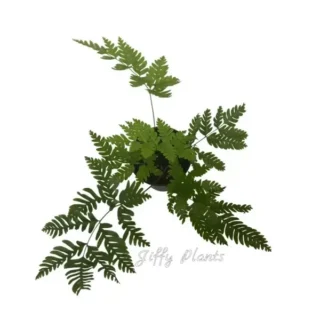
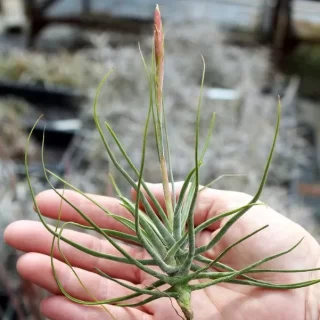

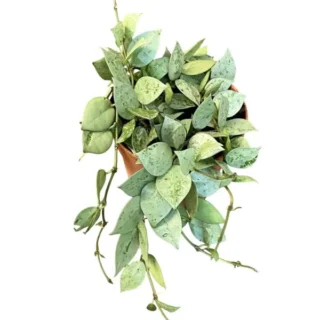
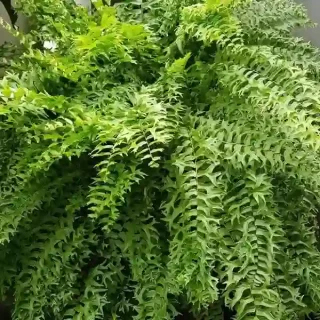

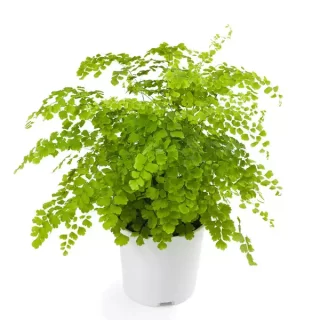

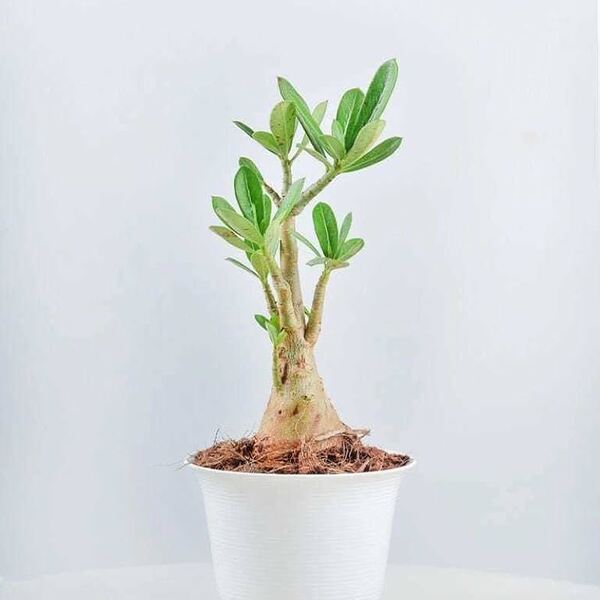



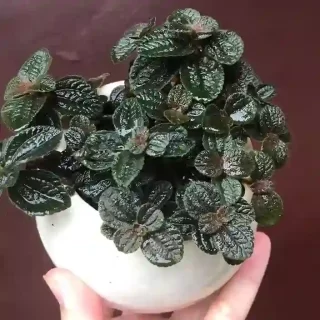


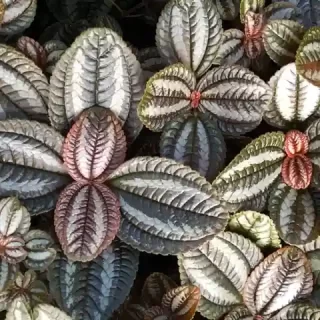

 If you need any assistance, I'm always here. Have you found what you were looking for?
If you need any assistance, I'm always here. Have you found what you were looking for?
Reviews
There are no reviews yet.